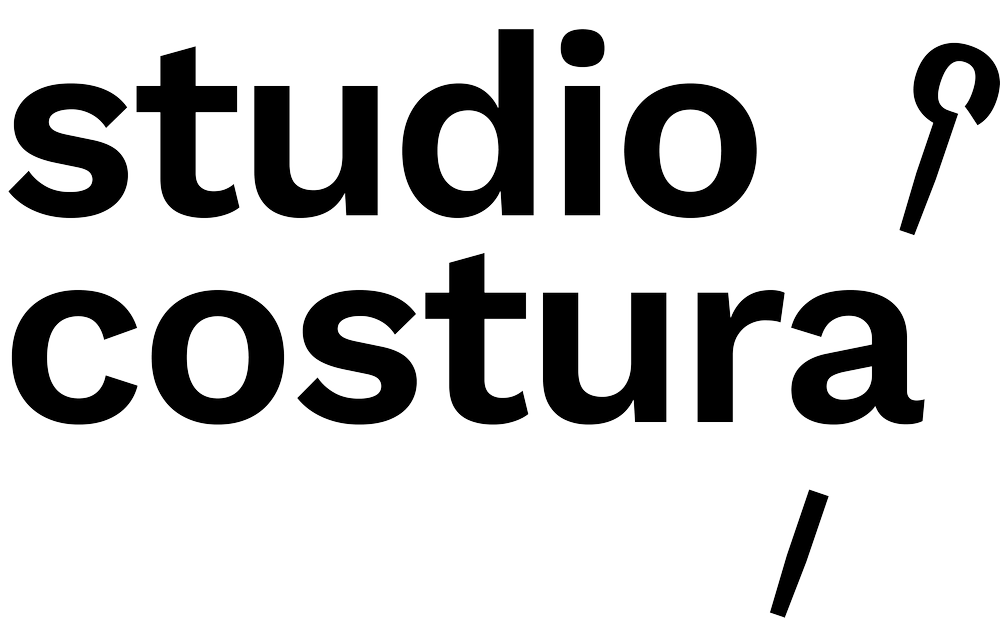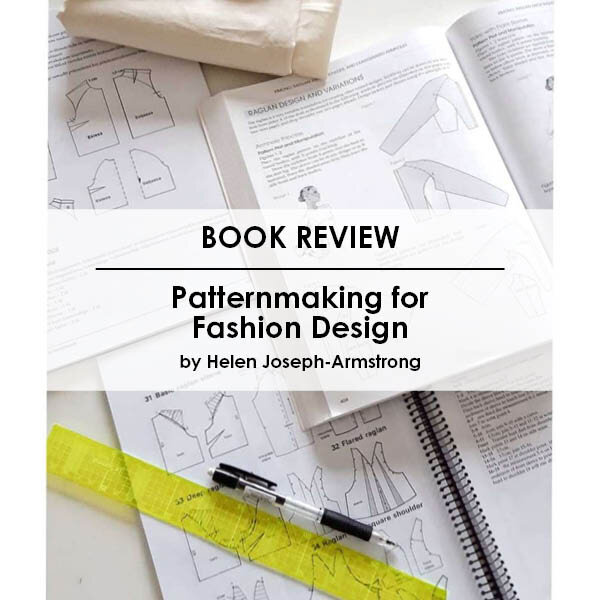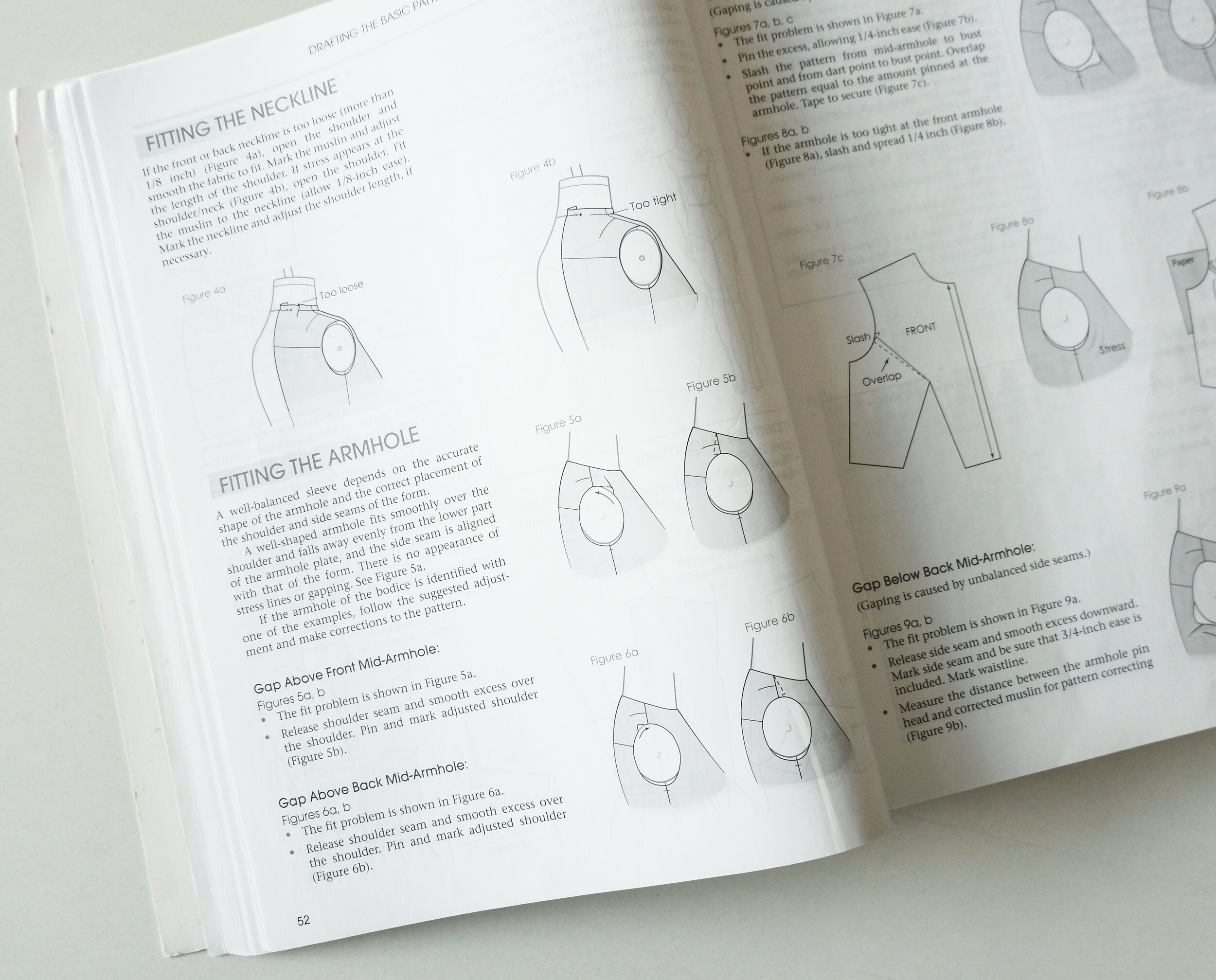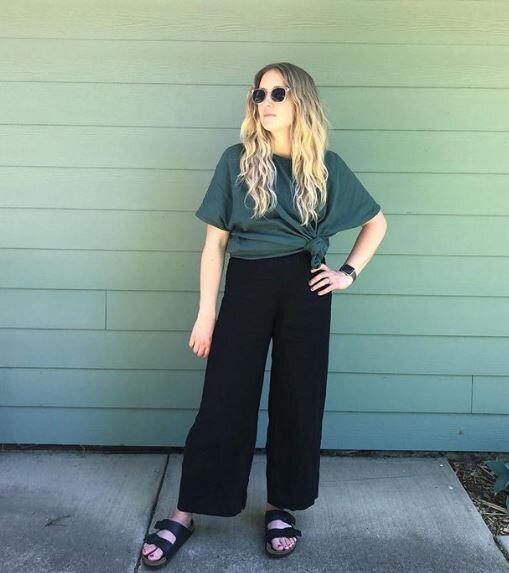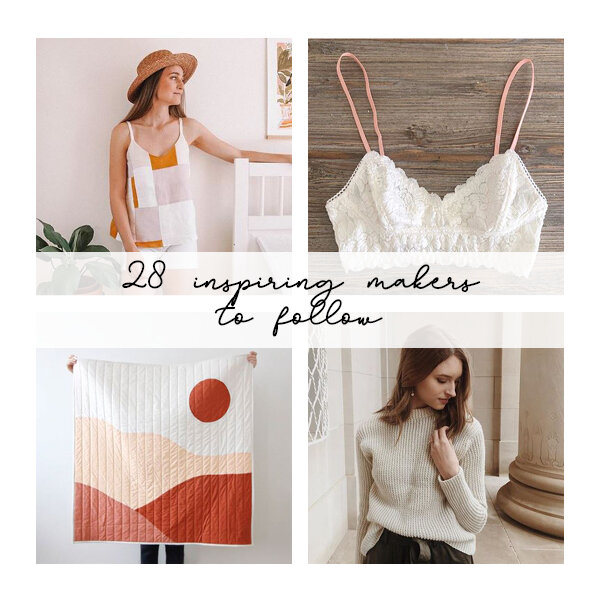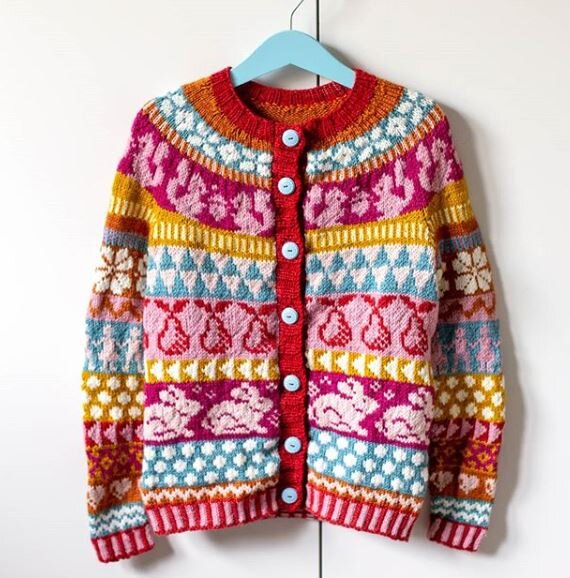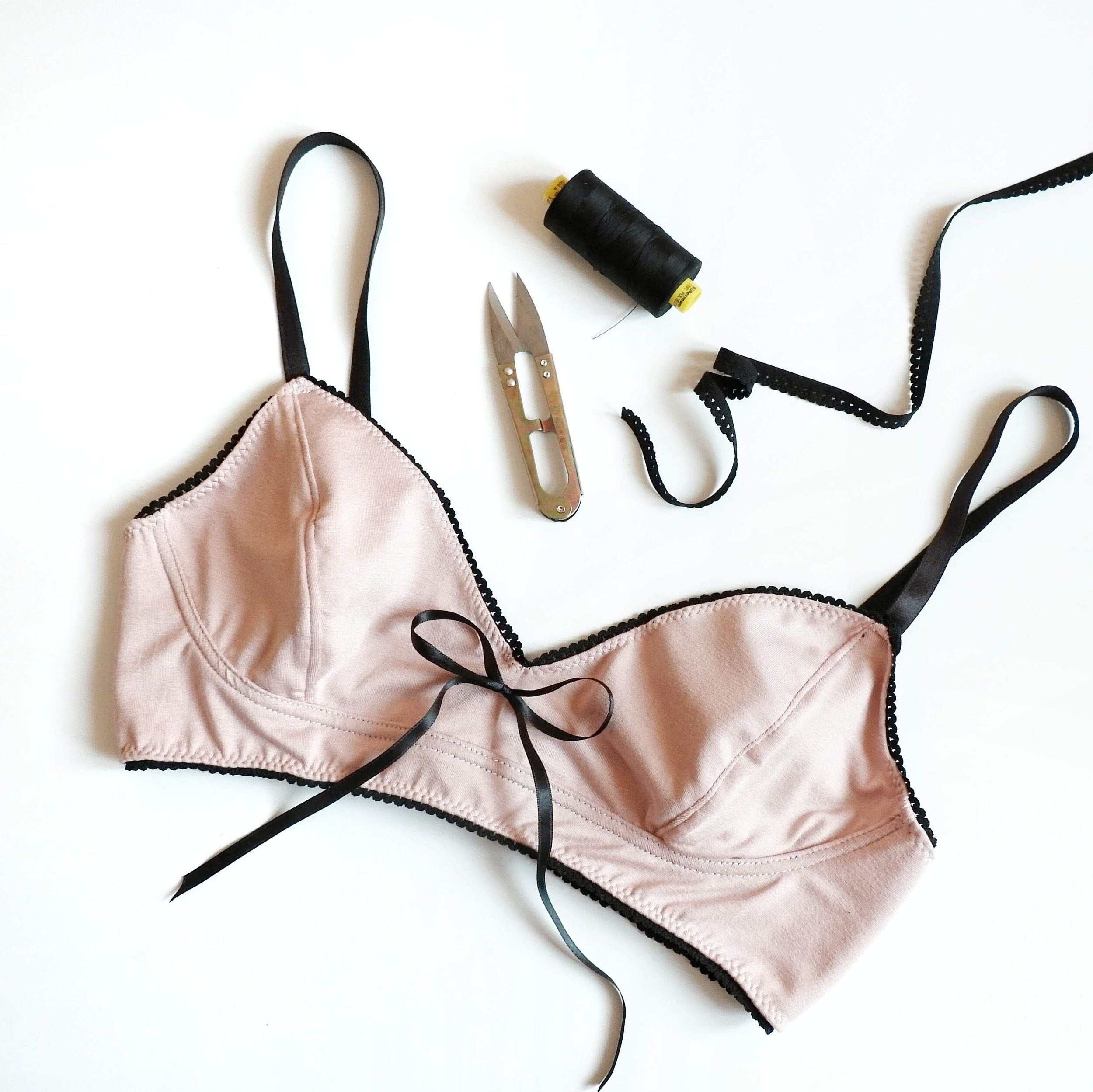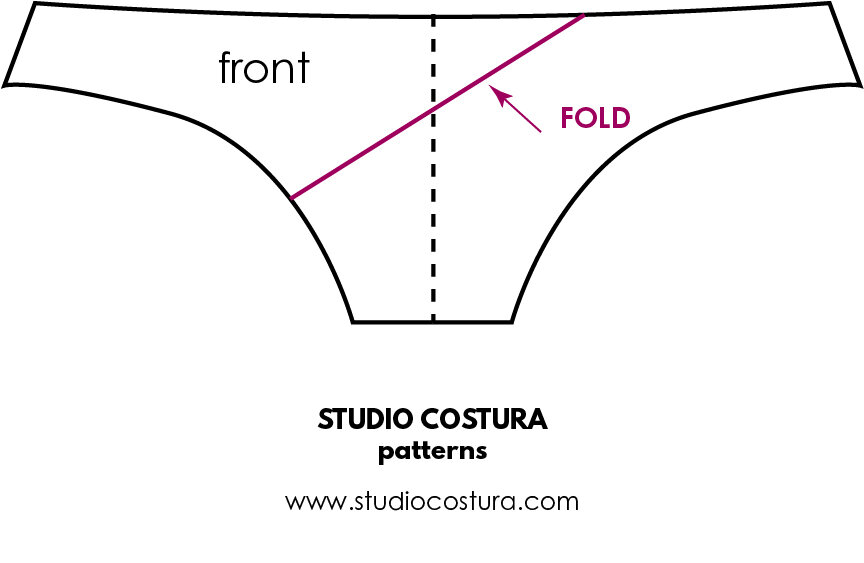Hey, this week I’m bringing you a book review. Not sure if it’s only me but before buying a sewing book (or well, a book about any technique) I usually try to read some reviews because there’s normally not so much information out there (Amazon reviews can be useful...but they can also be a bit misleading in my opinion). As I am mostly self taught about everything sewing related I’ve always tried to get my hands on good reference books as they can really help you upgrade your techniques. I’ve bought almost all of my sewing and pattern making books online as there’s almost no variety in local book shops here (and there aren’t many good pattern making books available in Spanish anyway) and this means I didn’t have a chance to have a peek inside before actually purchasing the book. So I’d like to use this space here to highlight the books I’ve liked so you can make up your mind if you are actually thinking about buying one. This post (nor any of my posts) is not sponsored, I pay for my books myself and all opinions are my own :)
Hola, esta semana os traigo una reseña de libro. No sé si soy solo yo pero antes de comprar un libro de costura (o realmente cualquier libro sobre técnicas) me gusta leer las reseñas ya que no suele haber mucha información por allí (las reseñas de Amazon pueden ser útiles...pero también a veces te pueden confundir aún más). Ya que soy en la mayor parte autodidacta en todo relacionado con costura, siempre he intentado conseguir buenos libros de referencia que me ayuden a profundizar mis conocimientos. He comprado casi todos mis libros de costura y patronaje en tiendas online ya que aquí en tiendas locales no hay variedad (y tampoco he visto que haya buenos libros de patronaje en castellano de todas maneras) así que no he podido ojear el libro antes de comprarlo. Voy a usar este espacio de blog para enseñar libros que me han gustado para que podáis decidir si estáis pensando en comprarlo. Este post (ni ningún otro post mío) está patrocinando, yo pago por mis libros y todas las opiniones son míos :)
So here’s a short review about the book Patternmaking for Fashion Design by Helen Joseph-Armstrong. I bought this book a couple of years ago and it was recommended to me by a fellow seamstress on IG. First up, you know the saying “don’t judge the book by its cover”, right? Well, don’t judge THIS book by its cover, haha. I’m not sure what it’s about really, I know the original cover is different, but this international edition looks like a business administration manual or something similar, haha. Anyway...not important but kind of funny.
So this book is massive! It has 920 pages and it’s full of useful information and probably every imaginable pattern alteration you could dream of. I’d say that it’s an intermediate to advanced kind of pattern making book as it cover eeeeverything. You could use it to start your patternmaking journey from zero but it would probably be a bit overwhelming considering how much information there is. Then again it does cover all the basic steps about making working patterns and basic slopers too so if you really want to have one book and to make one investment this could be your choice! Let’s see how this book is organized and what it offers.
In the very beginning of the book there are indications about how to take measurements on a dress form and on a live model, after that flat pattern making methods to create body, skirt and sleeve slopers are explained.
Así que aquí va una reseña corta sobre el libro Patternmaking for Fashion Design de Helen Joseph-Armstrong. Compré este libro hace un par de años gracias a la recomendación de una costurera en IG. Primero, ya sabéis la frase de “no juzgar un libro por su portada”, verdad? Pues a ESTE libro desde luego no hay que juzgar por su portada, jaja. No sé por qué le han puesto una portada así, el original de hecho es diferente, pero esta edición internacional parece un manual de administración de negocios o algo similar, jaja. En fin...no es muy importante pero me hacía gracia.
Así que vamos con el libro, es enorme! Tiene 920 páginas y está lleno de información útil y probablemente tiene cada modificación de patrón que te puedas imaginar. Yo díría que es un libro de patronaje de nivel medio-avanzado considerando que cubre taaaanto. Se podría usar también para empezar el camino de aprender patronaje desde cero pero creo que puede resultar abrumador considerando cuánta información tiene. Pero sí que cubre todos los pasos básicos para hacer patrones base así que si quieres tener un libro y nada más para hacer la inversión, yo diría que puede ser tu elección! Vamos a ver cómo está organizado y qué ofrece.
Al principio del libro vienen las instrucciones sobre cómo medir maniquíes y también personas, después de eso te explican cómo crear patrones base de cuerpo, falda y manga.
Before moving on to use these slopers as working patterns, there are numerous case studies about problems that might occur when trying on the first muslins. These examples are really useful because you can learn many tips and tricks to make corrections not only on your self drafted patterns but also for inde patterns/patterns from magazines.
Antes de seguir con estos patrones como bases, también te explican cómo corregir errores que pueden salir en las primeras pruebas. Estos ejemplos van muy bien porque puedes aprender muchos trucos para hacer correcciones no solo en los patrones que hagas pero también en los patrones indie/de las revistas.
If you are not familiar with pattern making yet, basically there are the “master” patterns or slopers, perfectly fitting base patterns for bodice, skirt, pants and sleeves with no design elements. These are the foundation blocks that will be used to create any style you want. A cool thing about learning how to draft patterns is that when you learn how to manipulate the base patterns you can really start creating whatever you want, the possibilities are endless. In this book the author has divided the pattern manipulation process into three different categories. The first one is dart manipulation. As you know, close fitting garments have darts, these darts convert fabric into three dimensional garments that can be fitted to our curves. These darts can “move around the pattern” to create different style lines and that’s what the dart manipulation chapter is all about. Once you master the art of moving darts you’ll have so much more freedom to design anything you wish.
Si no has hecho nada de patronaje todavía, básicamente existen los patrones base que son los patrones que quedan perfectos para tu cuerpo/en una talla concreta y son de cuerpo, falda, pantalón y manga sin ningún diseño. Estas bases son el fundamento para luego crear todos los diseños y cortes que quieras. Lo que mola de aprender patronaje es que una vez que aprendas cómo modificar estas bases podrás crear lo que te dé la gana, las posibilidades son infinitas. En este libro la autora ha dividido el proceso de modificación de patrones en tres categorías diferentes. Lo primero es saber mover las pinzas. Como sabrás, las prendas ajustadas llevan pinzas, estas pinzas hacen que la tela se convierta en una prenda tridimensional que queda bien en las curvas de la persona. A estas pinzas se les puede “mover” para crear diferentes diseños y de esto va todo el capítulo. Una vez que entiendas cómo hacerlo tendrás mucha libertad a la hora de crear diferentes cortes.
The second principle of the book is added fullness. In this chapter the author explains all the ways to use gathers, flounces and other types of techniques to add fullness and manipulate the base patterns.
La segunda parte del libro va sobre añadir volumen, En este capítulo la autora explica todas las maneras cómo usar frunces, volantes y otro tipo de técnicas para dar volumen y manipular los patrones base.
The third principle is about contouring. This chapter explains how to create very fitted patterns that hug the body. Many different case studies are given so you can learn a lot about creating different style lines.
La tercera parte va de “contorneado”. En este capítulo te explican cómo crear patrones más ajustados a través de crear líneas de corte para que las prendas vayan pegadas al cuerpo. Se explican muchos diferentes ejemplos y puedes aprender cómo crear diferentes versiones usando tus bases.
One thing I really like about this book is that apart from only teaching pattern making, it also explains a lot of sewing techniques and there are step by step instructions about how to make different types of garments. I find this very useful as making good patterns requires you to know how to sew well and how to actually construct a garment, otherwise you’d be lost in the world of pattern making.
Una cosa que me gusta mucho de este libro es que aparte de enseñar patronaje también explica muchas técnicas de costura y vienen instrucciones paso a paso de cómo coser diferentes tipos de prendas. Creo que esto es muy útil ya que hacer buenos patrones requiere saber coser bien y también tienes que saber sobre la construcción, sino estarás perdida en el mundo de patronaje.
In the chapters of this book you can find almost any type of garment, there are instructions about drafting collars, necklines, different sleeve styles, pockets, plackets, shirts, jackets, coats, pants etc. I especially liked the extensive list of pants fitting alterations!
En los capítulos de este libro puedes encontrar casi cualquier tipo de prendas, hay instrucciones para crear patrones de cuellos, escotes, diferentes mangas, bolsillos, camisas, chaquetas, abrigos, pantalones etc. Me ha gustado también mucho la parte de modificaciones de pantalones para que te queden bien!
Many of the case studies that are shown in the book might look a bit outdated because of the illustrations and you might think that you’d never draft a style like that. But you can learn so much from them as there are a lot of “crazy” examples that make you really wonder how to actually draft them. I remember when I was studying patternmaking at school I always felt I didn’t need to learn how to draft styles I’d never wear as they were ugly as hell but in retrospect I understand that it’s not about your likes or dislikes, it’s about learning the tricks and tips that will help you to become a better patternmaker.
Muchos de los ejemplos en este libro parecen “fuera de moda” ya que las ilustraciones ya tienen sus años y me puedo imaginar que no llaman mucho la atención para que pruebes crear estos diseños. Pero puedes aprender muchísimo de ejemplos “locos” de diseño porque allí es cuando te pones a pensar cómo sacar el patrón. Recuerdo que cuando yo estudié patronaje en la academia nunca quería hacer los patrones de cortes que sabía que nunca me iba a poner porque eran muy feos pero ahora después de pasar lo años entiendo que no va de tu gusto, es más sobre aprender trucos que te hacen mejor patronista.
There are specific chapters about how to draft knit slopers and sew with knit fabrics, how to make activewear and how to draft bikinis and swimsuits.
Hay capítulos específicos sobre cómo patronar patrones base para telas de punto y cómo coser con ellas, cómo hacer ropa de deporte y cómo patronar bikinis y bañadores.
Another useful chapter is the one about how to copy ready made designs to make a pattern based on your favourite garments, this can be very useful even when you’re not planning to draft all your patterns yourself!
Otro capítulo muy útil es donde te explican cómo sacar patrones de ropa ya hecha para que puedas copiar tus prendas favoritas, esto puede ser muy interesante si no quieres hacerte todos lo patrones tú desde cero!
And there are separate chapters for menswear and for childrens clothes, again with lots of sewing advice and instructions, and a lot of great case studies.
Y también vienen capítulos separados para prendas masculinas y para los patrones de niños, de nuevo con un montón de consejos de confección e instrucciones, también hay muchos ejemplos útiles.
So as a conclusion, this book really covers A LOT. I’d say that it’s not like a patternmaking textbook you’d work through from the beginning to the end to learn the techniques in a row (I mean you CAN do it if you really want to go all in!). I use it more like a manual to look up the specific things I’m working with and little by little I’m discovering everything it offers. So far I’m really pleased to have it in my library as I can find pretty much any pattern modification in it.
Así que como conclusión puedo decir que este libro abarca MUCHO. Diría que no es como un libro con que vayas a trabajar desde la página 1 hasta terminarlo para ir uno a uno haciendo todas las modificaciones (que oyes, lo puedes hacer si quieres ir de verdad muy en serio!). Yo lo uso más de manual para buscar técnicas concretas y poco a poco voy descubriendo todo lo que me ofrece. Hasta ahora me está gustando mucho tenerlo en en mi biblioteca porque con la ayuda del libro puedo resolver todas mis dudas.
I hope you found this review useful! I actually have another pattern making book I also recommend and I’ll write about that in an upcoming post. Do you have a favourite pattern making book you’d recommend? Let me know so I can take a look :)
Espero que te ha sido útil esta reseña! De hecho tengo otro libro de patronaje que también me gustaría recomendar así que va a haber otro post sobre el tema. Tenéis algún libro de patronaje que os guste mucho? Decidmelo que así le puedo echar un ojo :)
